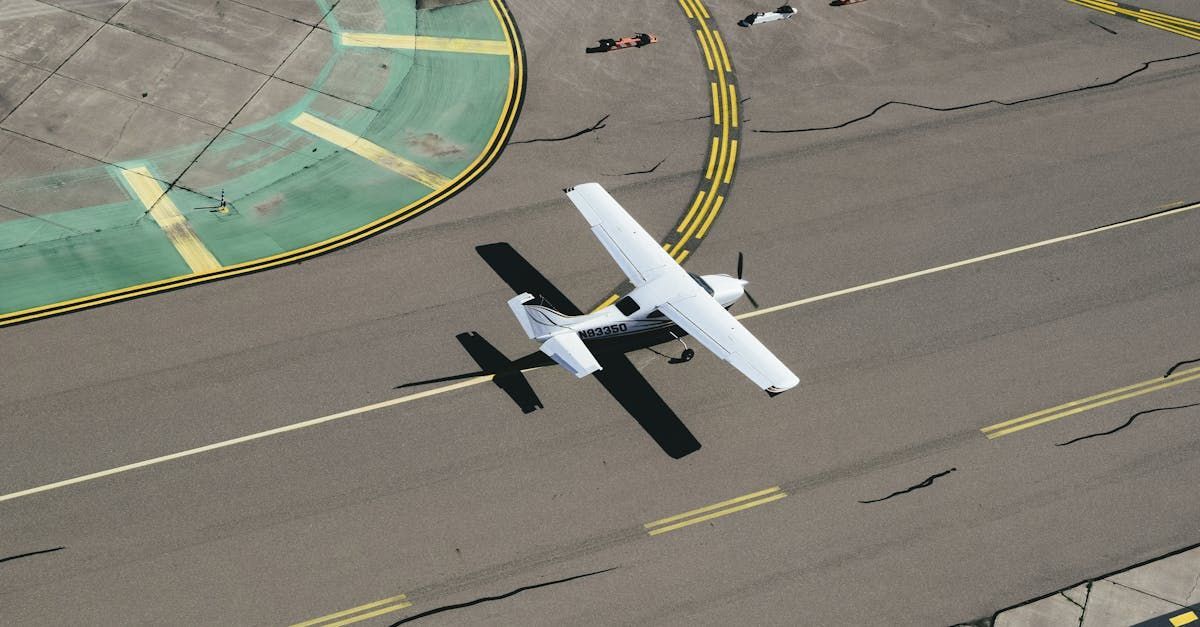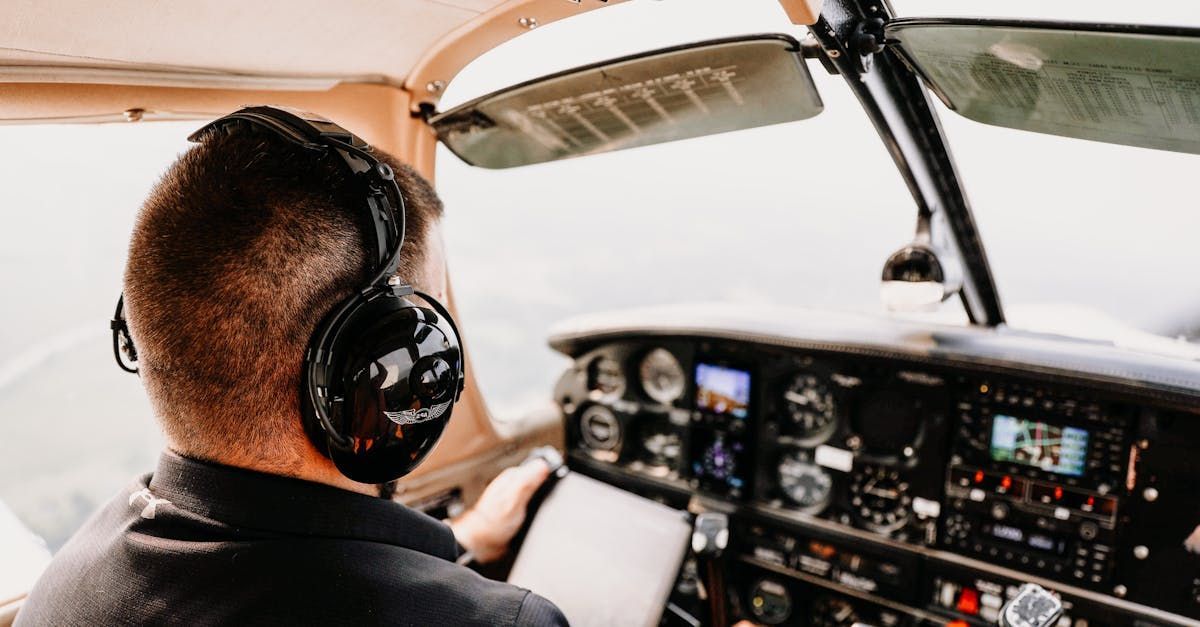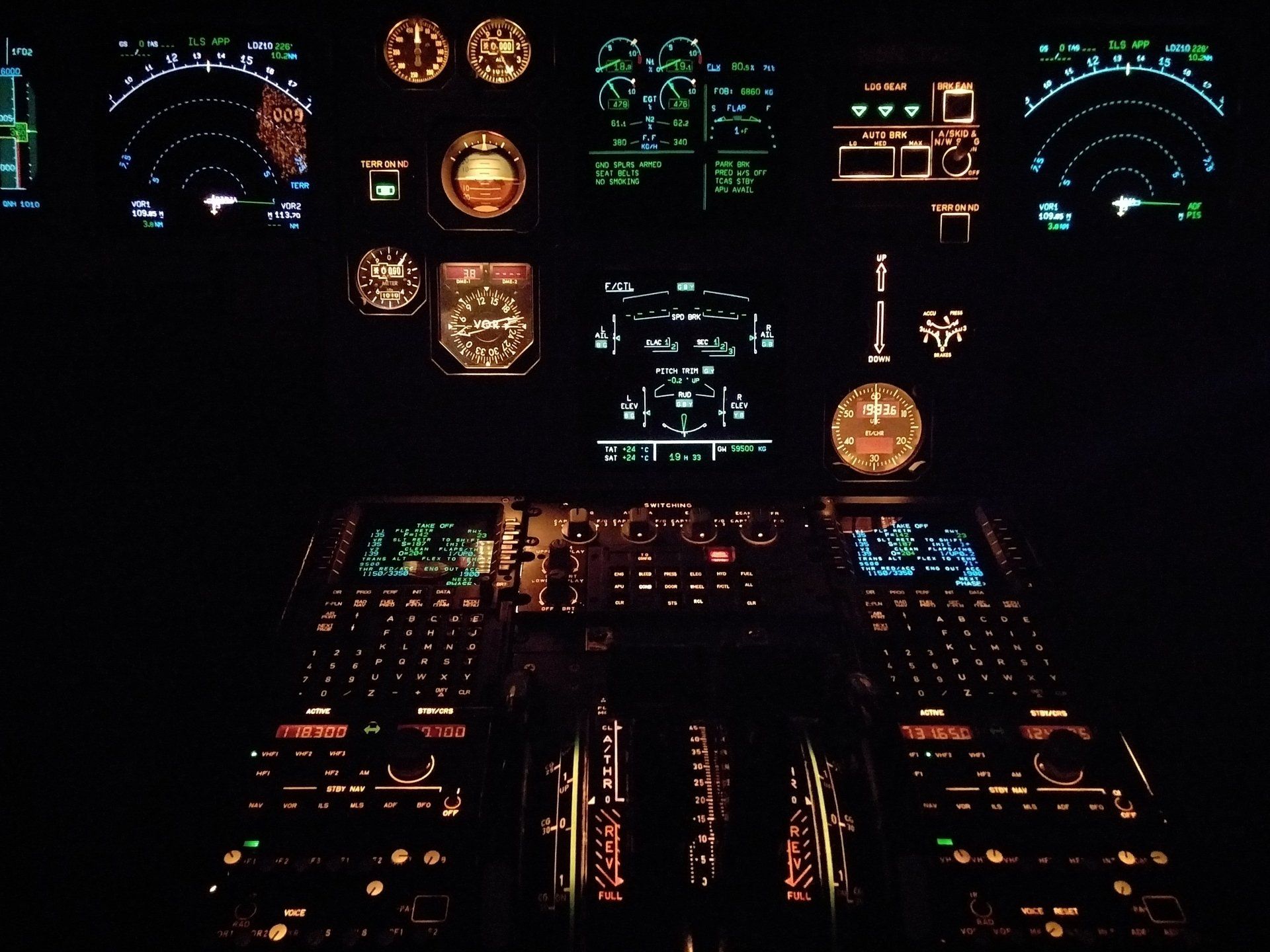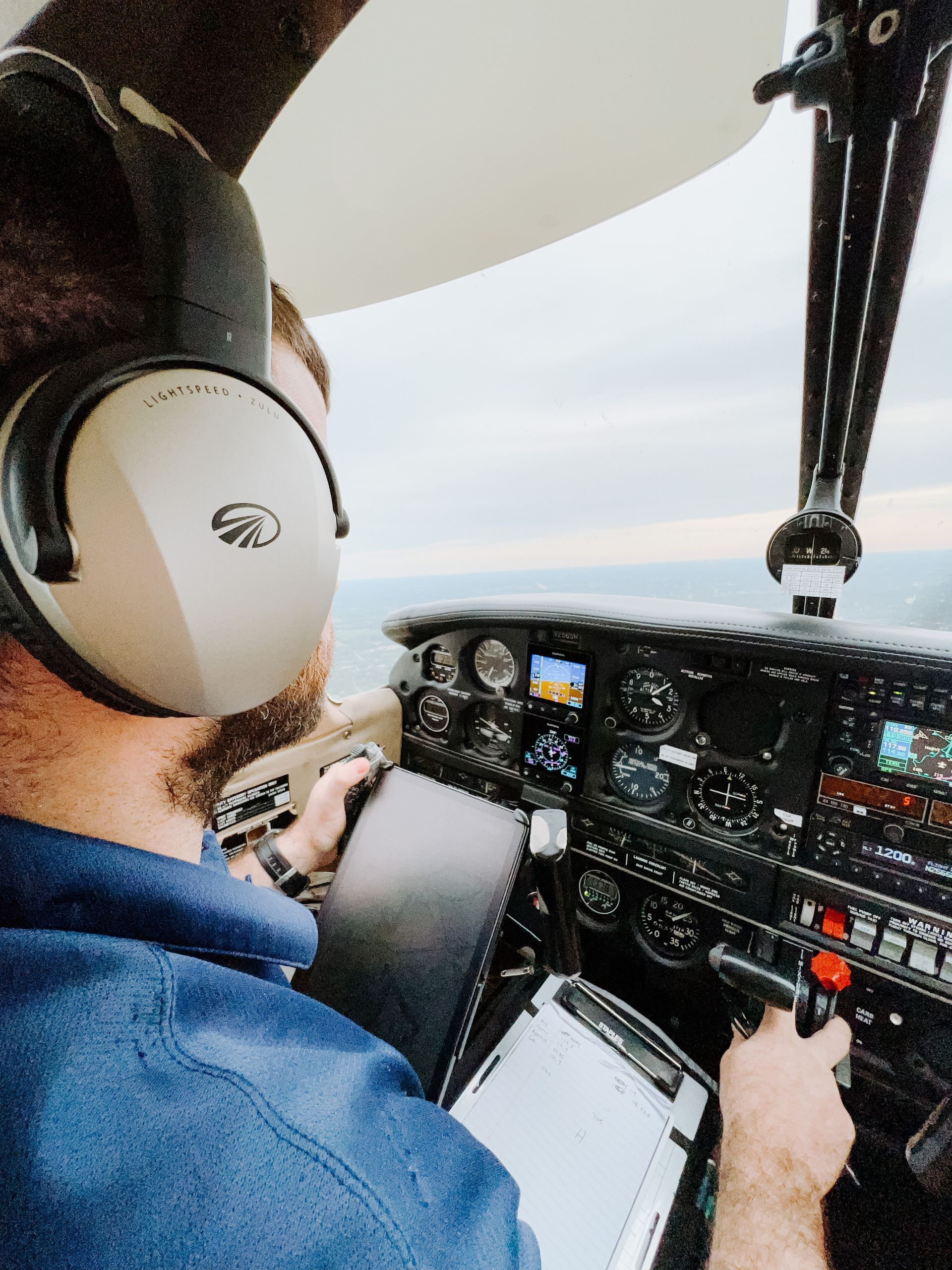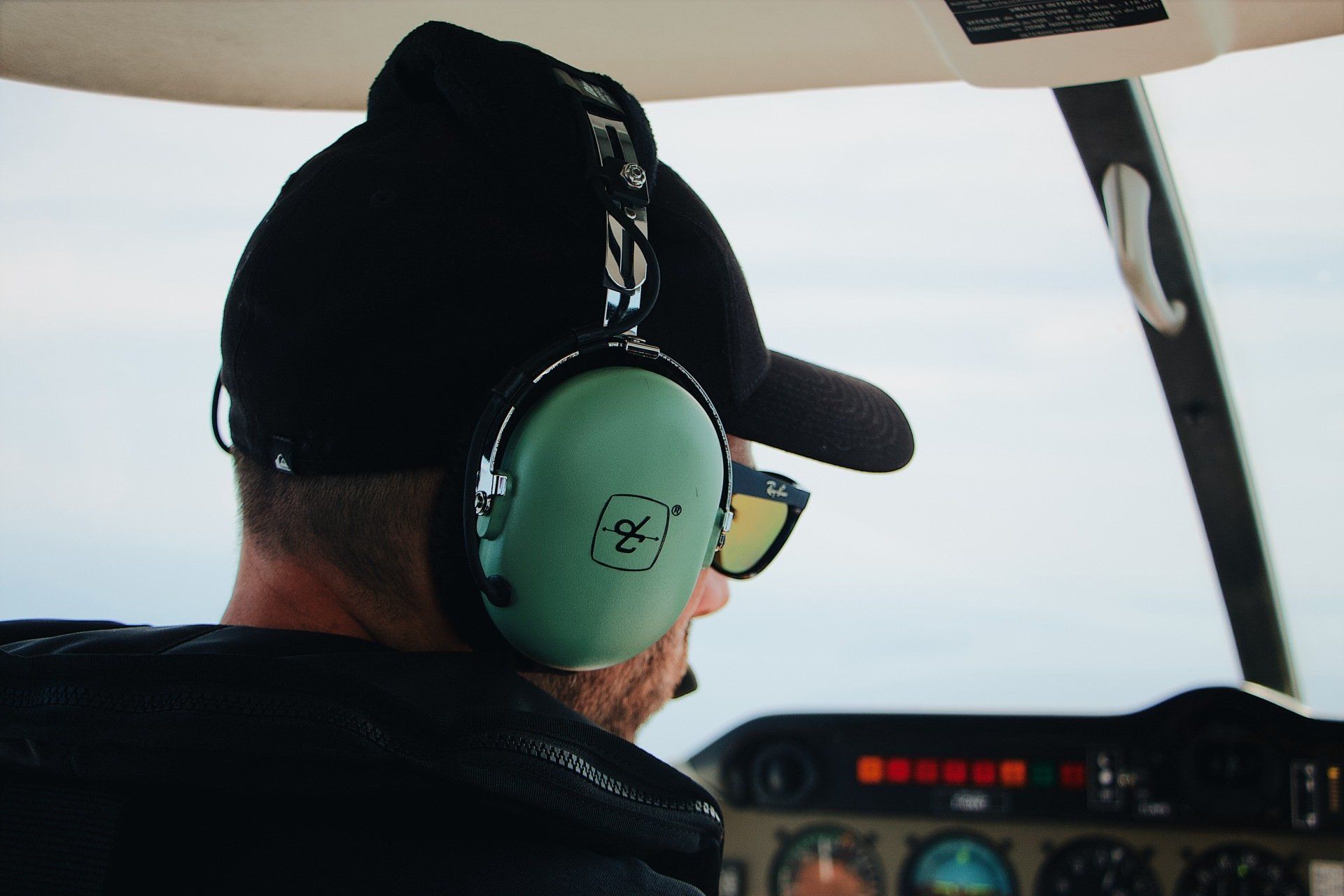Aviation medicals explained
It’s your responsibility to be medically certified.

Whether you fly an A380 or a Jabiru J160, if you’re in the air it’s your responsibility to be medically certified.
You’re just about to be issued with your pilot’s licence but there’s just one thing standing in the way between you and soaring through the bright blue sky—your aviation medical.
As a pilot (or aircrew member) it’s your duty to truthfully self-report about any potential medical conditions—but we know many don’t.
‘Aeromedical decision making can be a difficult, emotive, controversial and exposed process,’ says Pooshan Navathe, CASA’s Principal Medical Officer.
‘We have an honesty-based system. If pilots don’t tell us about their medical conditions it’s their lives—and possibly the lives of passengers—which are in potential danger.’
As outlined in Part 67 of the Civil Aviation Safety Regulations 1998 (CASR), CASA has the responsibility to ensure that it is making an informed decision and to ensure that the safety of air navigation is not jeopardised.
‘Australia has got very different attitudes about a lot of things including occupational health and safety,’ says Navathe.
‘Any medical decisions made by CASA have to align with general Australian legal principles and we shouldn’t necessarily compare ourselves to overseas safety laws which could be and often are, entirely different.’
Types of aviation medical certificates
CASA issues three types of medical certificates. Each class of medical certificate also has a medical standard set out in tables in Part 67 of the CASR, but here’s a short summary:
Medical certificate-—Class 1
This medical standard applies to holders of an air transport pilot licence, commercial pilot licence (other than balloons), multi-crew pilot (aeroplane) licence, and flight engineer licence. Class 1 certificates are valid for one year.
Medical certificate—Class 2
This medical applies to holders of a private pilot licence, commercial pilot (balloon) licence and flight radio operator licence. A Class 2 medical certificate is valid for four years for applicants less than 40 years of age on the day of issue, and in all other cases for two years.
Medical certificate—Class 3
This medical standard applies to holders of an air traffic control licence or flight service officers. The Class 3 medical certificate is valid for two years.
Then there is the recreational aviation medical practitioner’s certificate. This allows appropriately licensed pilots to hold a recreational pilot’s licence (RPL) without needing to have a class 2 medical. The RPL is based on a modified unconditional driver’s licence medical certificate for a private motor vehicle.
Who makes CASA’s medical decisions?
CASA employs over 700 designated aviation medical examiners (DAMEs) spread throughout Australia and overseas to assist the medical staff of the CASA Office of Aviation Medicine with the Australian medical certification system.
DAMEs have a duty to CASA to carry out a focused examination, and provide information to CASA. CASA’s medical officers review the information received from the DAMEs and make a regulatory decision as to whether—on the evidence available—an applicant is entitled to the issue of a medical certificate under Part 67 of the CASR.
CASA’s medical certification system also utilises the opinions of a wide variety of clinical medical specialists such as psychiatrists, neurologists and cardiologists. CASA’s aeromedical decision-making is collegial and evidence-based.
‘Every decision is very individual and made on a case-by-case basis—we are completely transparent about what we do,’ says Navathe.


